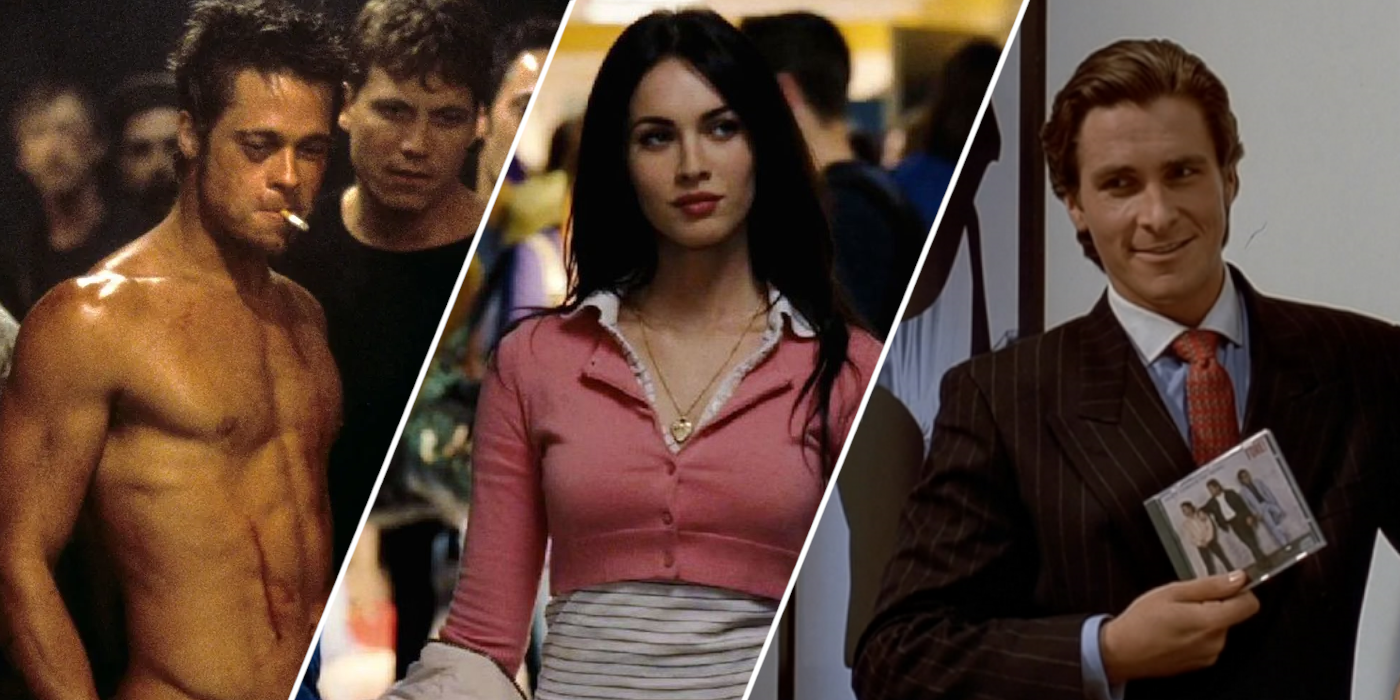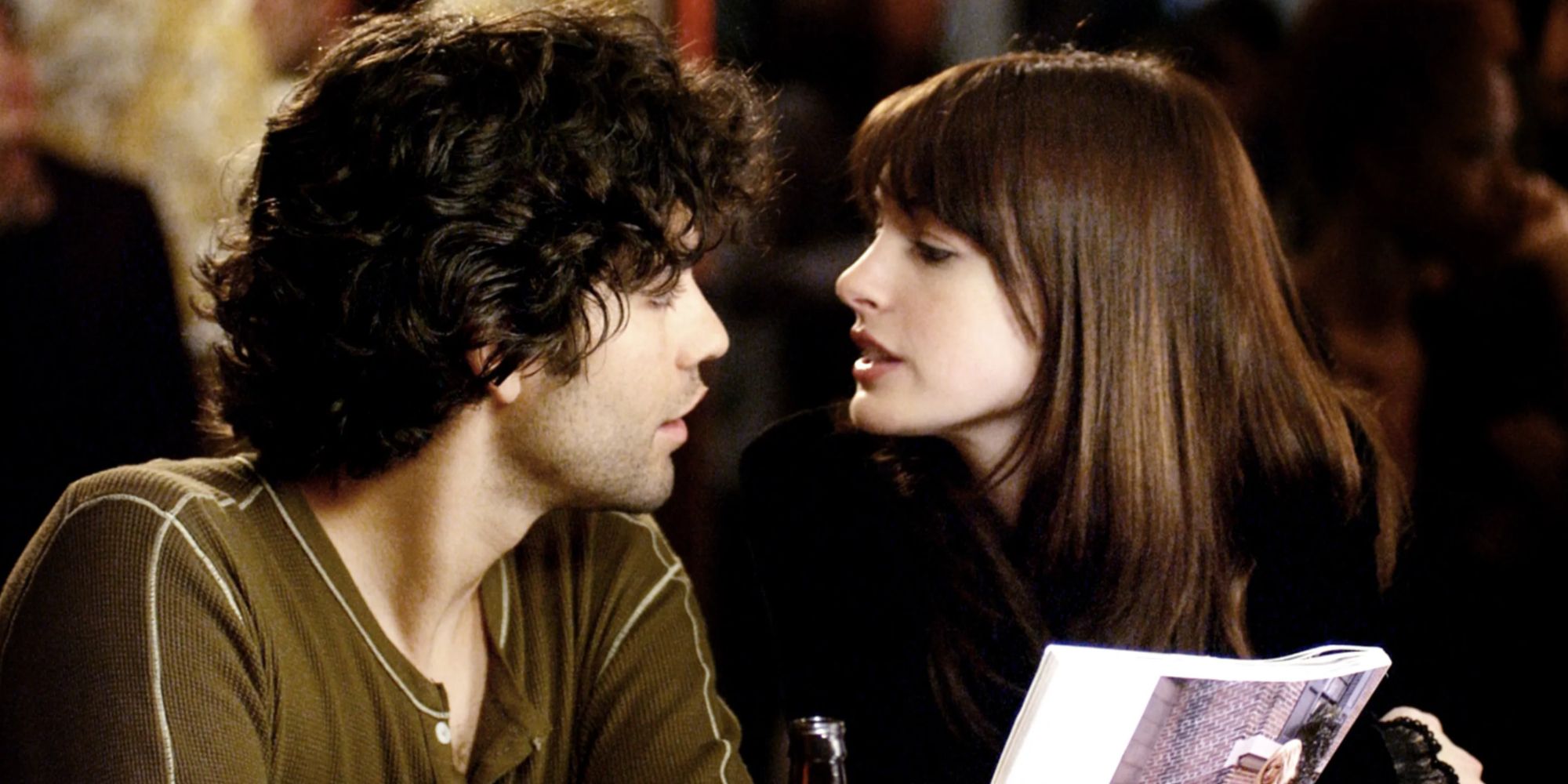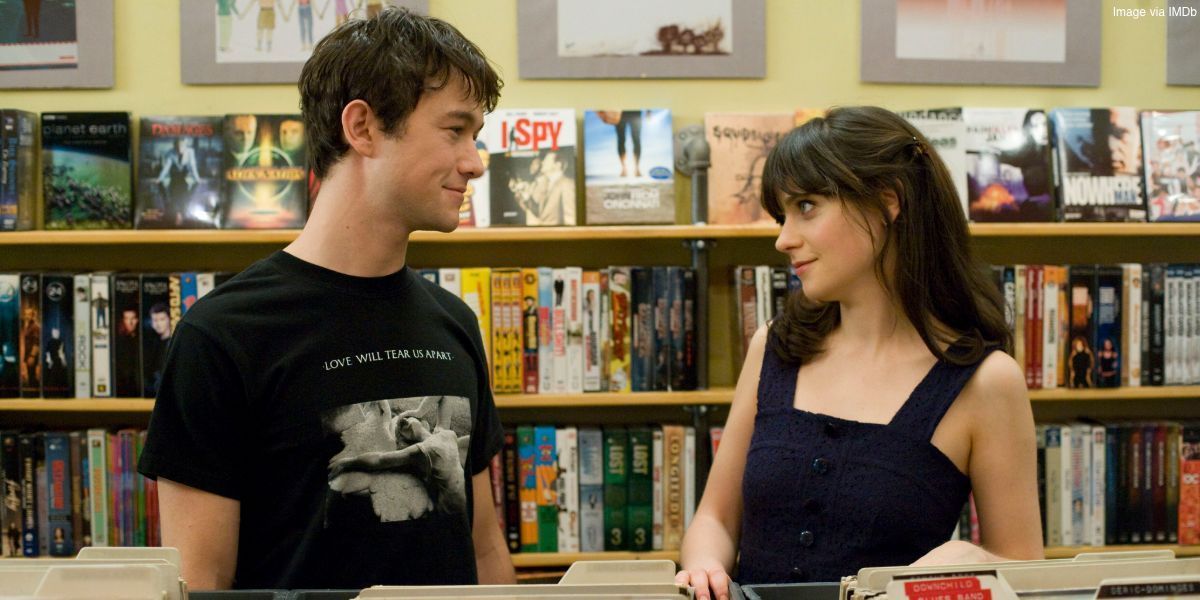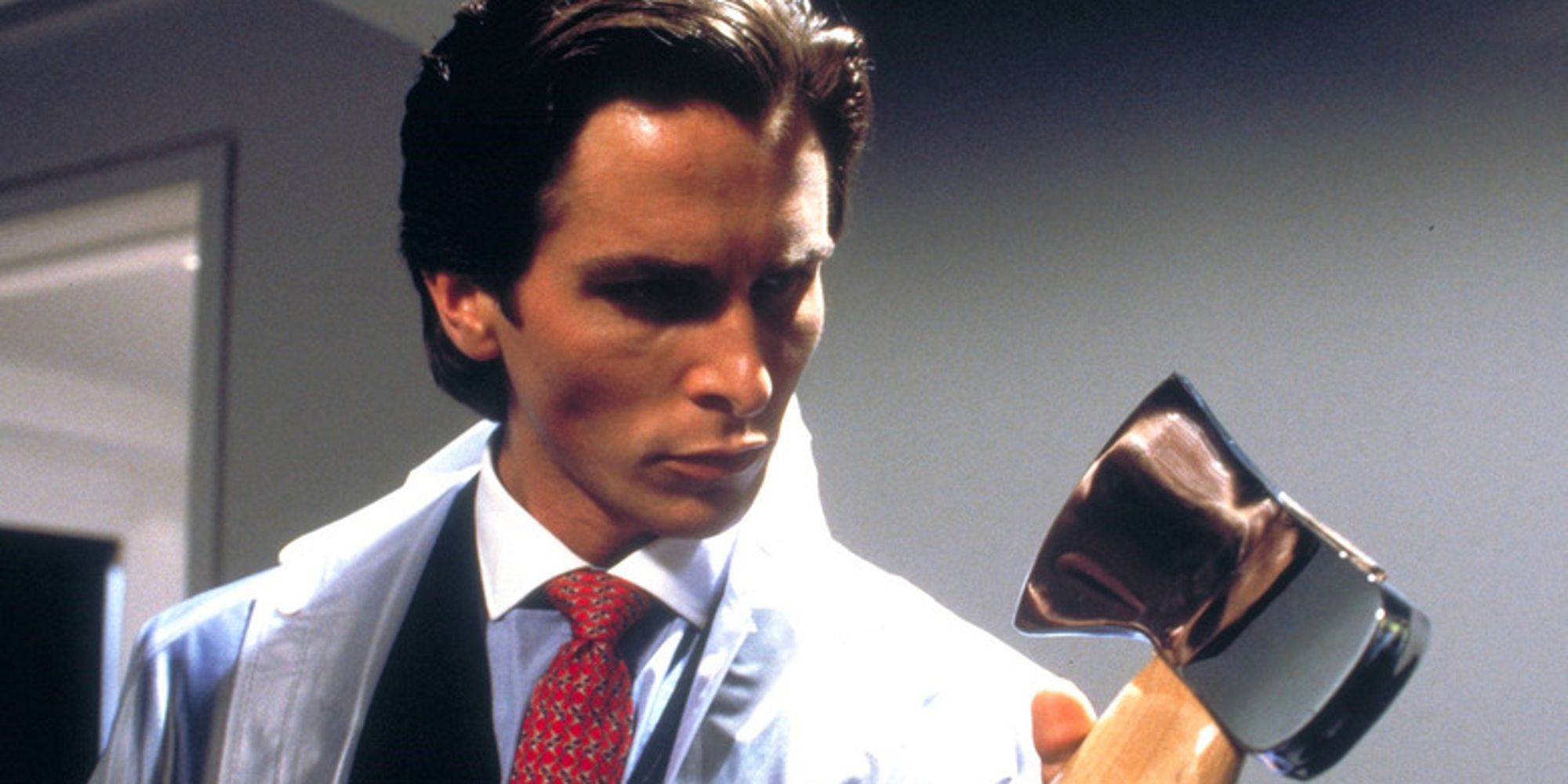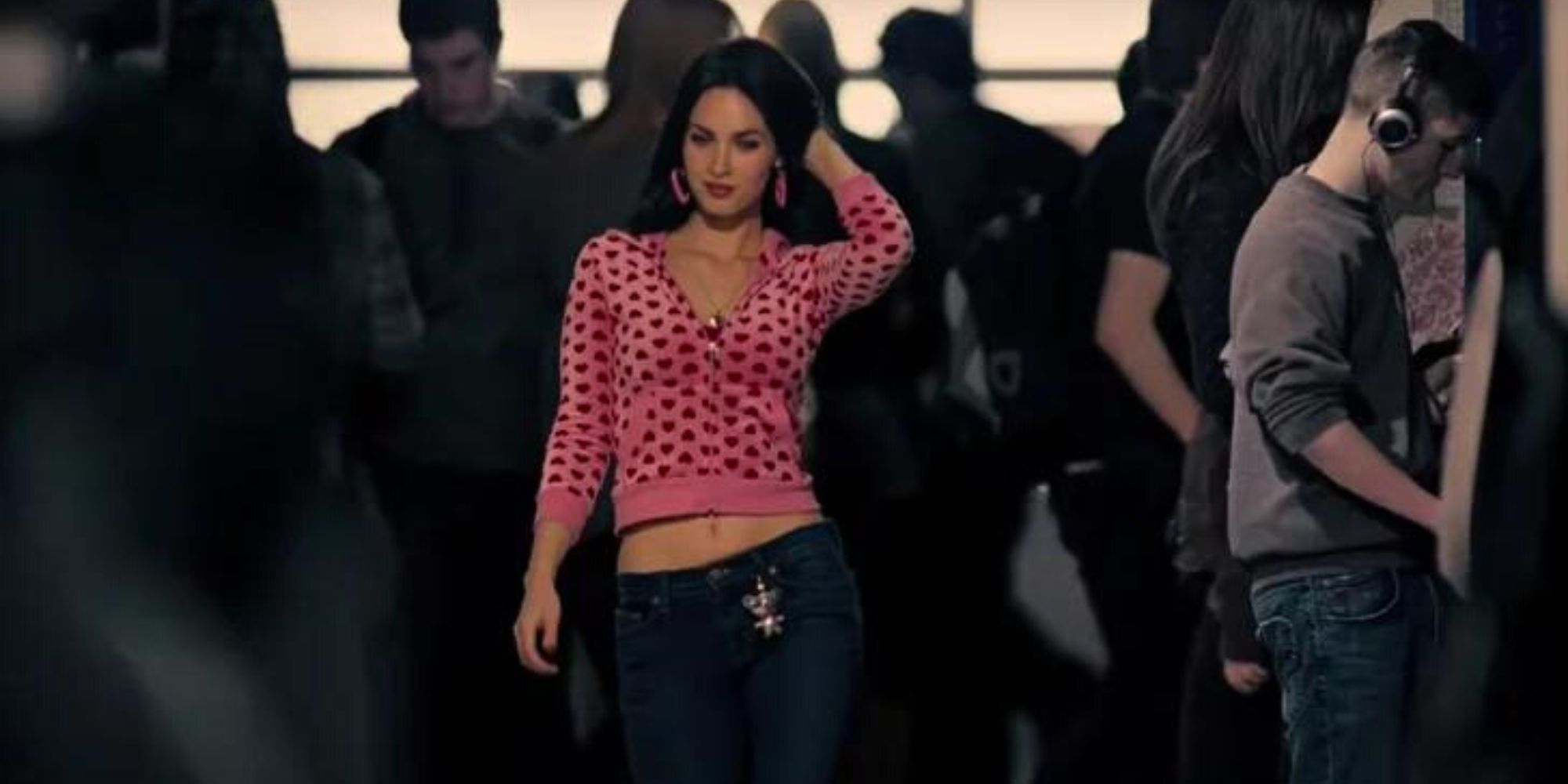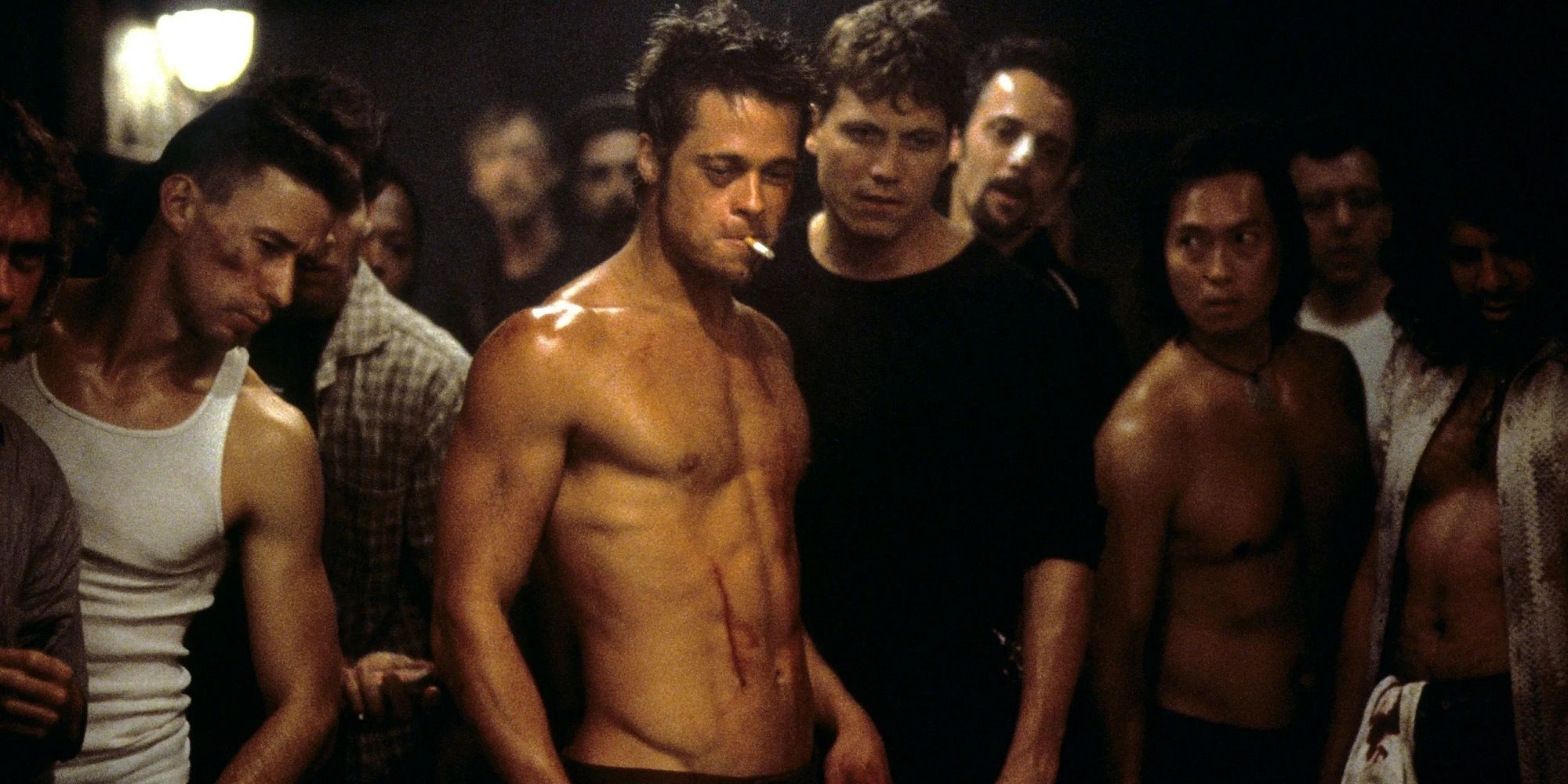To what extent should a piece of work be held responsible for its fans? All forms of entertainment have, in some way, influenced their audiences in ways that are far beyond the original creator's vision or message, ranging from classical works of literature to music, plays, films, and more. Famous examples include Mary Shelley's Frankenstein and the ancient Greek tragedy of Oedipus Rex, each sporting a controversial legacy due to misunderstandings surrounding the original work.
Films are, of course, no different and can be misinterpreted for various reasons, from poor marketing and being too ahead of their time to the dangers of when fanbases become more recognizable than the film itself: sometimes, people miss the point entirely. While no movie has a single, objective meaning, some readings can be shockingly off-base from what the work is attempting to say.
'The Devil Wears Prada' (2006)
What if Nate really wasn't the real villain of The Devil Wears Prada? Okay, sure, he was an incredibly immature and unsupportive boyfriend to Andy (Anne Hathaway) and is more than well-deserving of criticism, but the audience's vitriol behind Nate has largely overshadowed the film's message of the dangers of a toxic workplace through the cutthroat world of girl boss-ified capitalism, as well as downplaying the cruelty and entitlement inflicted upon her by the self-serving "devil" figure of Miranda Priestly (Meryl Streep).
Nate has even been described as the villain by Adrien Grenier, the very actor who portrayed him. This was likely inspired by the contemporary discussion about the film, even though it's fair to say that The Devil Wears Prada is a film that is nuanced enough to include many different "bad guys," with each character having their flaws and traits. The main criticism Nate and the rest of Andy's friends receive is that they are not supportive of her career, even though it is physically and mentally exhausting. She begins to lose her core values and sense of identity in the process. They could have been a bit more tactful and understanding, and let's face it, they are pretty annoying, but let's not pretend that the hellscape and workplace of fear created by Miranda is something that should be allowed to take over one's life.
'(500) Days of Summer' (2009)
This anti-romance romcom challenges modern-day views of love and relationships perpetuated by movies, even flat-out telling the audience via narration that this is not a love story. Still, the chemistry between the hopeless romantic Tom (Joseph Gordan-Levitt) and Summer (Zooey Deschanel) fits all the stereotypes of the romance genre, especially since it is primarily told through the eyes and perspective of Tom. He looks at this relationship through rose-colored glasses and doesn't expect it to end, leaving him utterly devastated when it inevitably does.
Because the film takes place through Tom's eyes, the audience feels compelled to empathize with Tom and see him as a victim, with Summer as the ultimate bad guy, even though she expresses she isn't looking for a long-term relationship. Summer isn't the bad guy: she didn't "lead him on." Tom isn't a bad guy either: it's understandable to feel for Tom, but his role as an unreliable narrator is to show the audience that these romantic delusions about finding the "one" are unhealthy and not true to reality. He failed to see Summer as anything but his idealized dream girl.
American Psycho
The hypermasculine and money-worshiping world of 1980s Wall Street has never been portrayed and mocked so excellently as Mary Harron's masterpiece American Psycho. However, its depiction of violence and misogyny has been controversial. The film never sets out to glorify or celebrate the actions of Patrick Bateman (Christian Bale), although, like most films with an anti-heroic (and in this case, outright villainous) lead, the movie's focus on Bateman can be misread as an endorsement of his actions.
The film offers intense criticism and scrutiny of how capitalism and the obsession with wealth and social status have eroded the mental and moral well-being of its main character and is less of a gory festival of violence but instead an introspective black comedy and satire about how American culture has enabled this violence to blossom.
'Jennifer's Body' (2009)
Now lauded today as a feminist horror cult classic, back when it first premiered, it was seen as anything but. This was primarily due to the incompetent and obscene marketing of solely promoting Megan Fox's sex appeal, completely diminishing the film's actual plot and intentions about female autonomy. Not only was this incredibly disrespectful to Diablo Cody's script and Karyn Kusama's direction, but it also meant that the film was brushed off and not given the proper limelight it deserved at the time.
Thankfully in recent years, the film has received appreciation and recognition as a staple of feminist horror, especially in the light of the MeToo movement. The promotion of Jennifer's Body will probably go down as one of the most mismanaged endeavors in film history, even though there is a silver lining that it is finally being revered in recent years. It really was just too ahead of its time, even if it fumbled the first time around.
'Fight Club' (1999)
Arguably the most famous example of a film grossly misinterpreted by its fans, David Fincher's Fight Club is, at first glance, a movie about embracing toxic masculinity and celebrating human violence on a massive scale. However, that is not what the film is trying to say; instead, it gives astute observation about how mass consumerism affects one's psyche and that simply replacing this intense ennui with a "tough-guy" persona is just as numbing to one's soul.
The brilliance of Fight Club is its rallying battle cry against capitalism and the idea of working hard to achieve the false fable of the "American Dream," as well as echoing the mood and disillusionment felt by Gen-Xers who are unable to enjoy the world left for them by Baby Boomers. It really is tragic that so many people ignore this underlying message and instead focus on the bloody violence and brutality shown in the film, making the Fight Club fanboys aspire for a new, equally phony "American Dream" defined by power, hyper-masculinity, and control over others.

